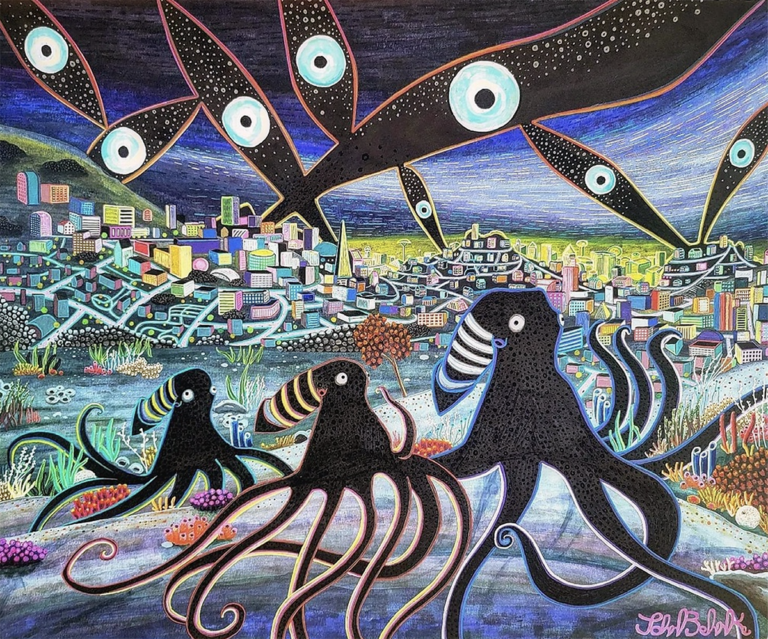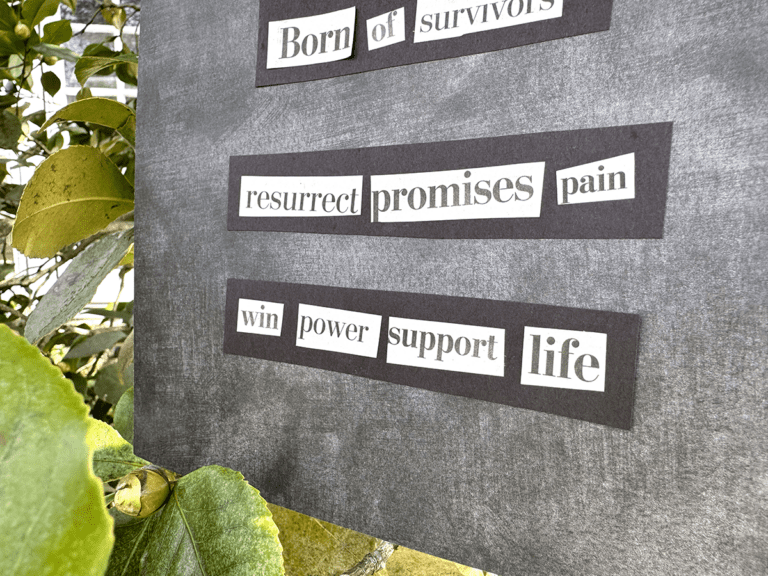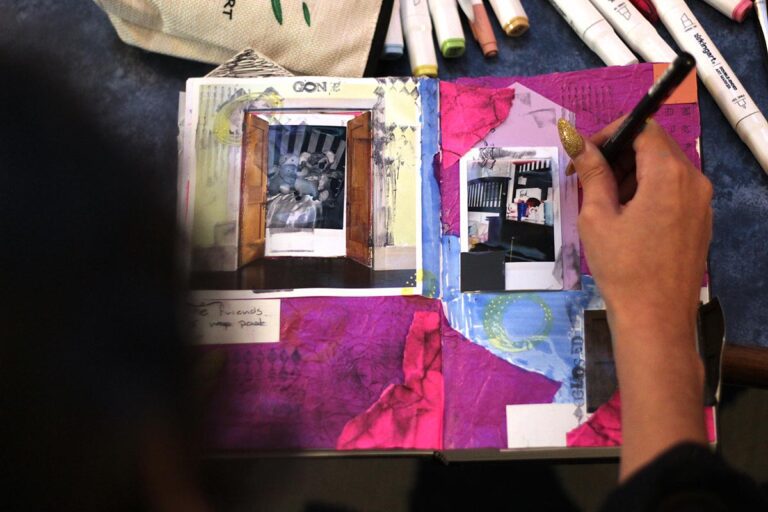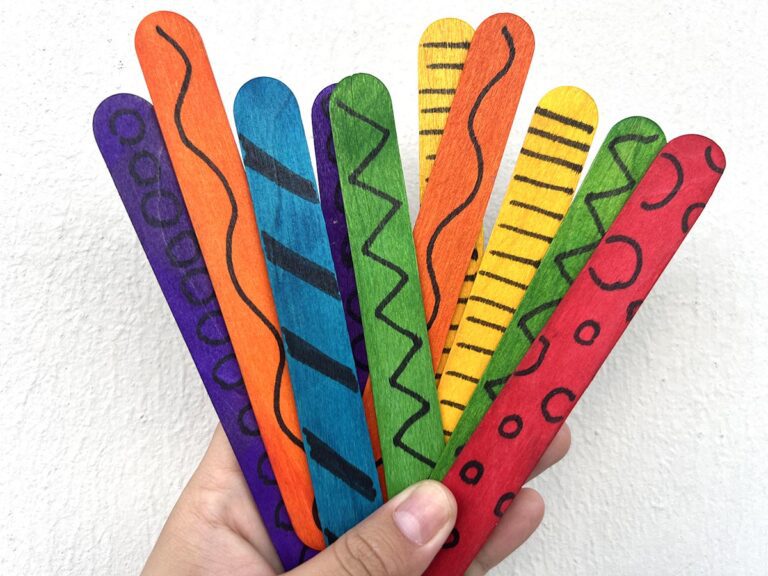Let’s take a rhythm and take a song and teach our kids through “Rhythm-ongs!”
Now that I have your attention, I am excited to introduce you to a successful teaching strategy you’ll love: “Rhythm-ongs!” This term, coined by my colleague, Jeanette Wachtman, and I, describes the idea of teaching through jingles, songs, and raps.
I’ve found this method has had a profound effect on student learning, and I can’t wait to share it with you today.
The Idea
It all started when I noticed a group of third-grade girls singing the complex words from a popular song. I began to wonder how these girls, and most of us for that matter, could remember the words to songs more easily than they could remember educational facts.
Immediately, a jingle from my childhood popped into my head: “Hold the pickles, hold the lettuce; special orders don’t upset us. Have it your way, have it your way! Have it your way at Burger King!”
How could I remember that song so perfectly all of these years later? That’s when it hit me – I could try using jingles in the classroom, and I’ve never looked back!
The Results
That day, my third graders were creating a collaborative installation of their interpretations of Edward Hick’s “Peaceable Kingdom.” As they worked, I continued to ask them who the artist was along with the name of the painting. There were a lot of shrugging shoulders.
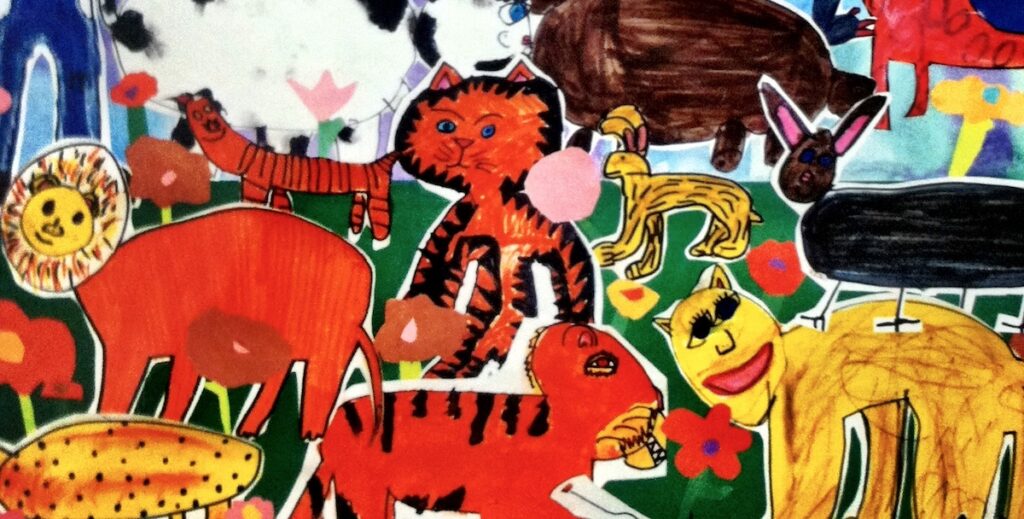
So, I quickly came up with the following rhyme:
Ed-ward Hicks;
He picks up sticks.
And he puts them in;
His “Peaceable King-dom!”
It was that simple, and by the end of the unit, all of my third graders had the information down pat. I began to see by using rhymes, jingles, and raps I could forever change how my students learned and retained information.
If you would like to start creating similar tools for your students, here are 5 tips to keep in mind.

1. Start with a short list of concepts you want students to know.
The first step to creating a good jingle is to write down all the important concepts you want your students to know about a particular topic.
For example, when my students were learning about Prehistoric art, I wanted them to remember:
- Cave paintings are the earliest known art form.
- Art functioned as a first “language.”
- The cave paintings are proof of the artist/story teller’s existence.
With those three things in mind, I came up with:
“Uga Booga, Uga Booga, cave man art;
Leaving their marks sure was smart!
Art’s the first language, this we know;
Because it’s from 38,000 years ago!”
2. Write down all the vocabulary words that accompany your topic.
Another way to spark an idea is to create a vocabulary list. Not only will this help you find potential rhymes, but it will help remind you to include important words you want students to remember.
3. Keep it short and sweet.
The whole purpose of a jingle is to get a message across in a short time frame. It’s no different in the classroom! Short compositions with six lines or less work best.
4. Add movements and actions to keep it fun.
Adding movements or actions for a kinesthetic learning only helps students to remember the words. To teach students one of these rhymes, I simply perform it for them a few times and then have them join me. It keeps it fun and exciting!
5. Get your students in on the action!
After students are familiar with the concept of using jingles and rhymes to learn, invite them to try and create some of their own. You could do this as a whole group activity with younger students or have older students work with partners or in small groups.
My fourth graders wrote this rhyme about Pollock which I still use to this day.
Pol-lock splashed! Pol-lock splashed!
Made his art move really fast.
Start and stop!
Drip and drop!
It all be-gins with a simple thought.
Pol-lock splashed!
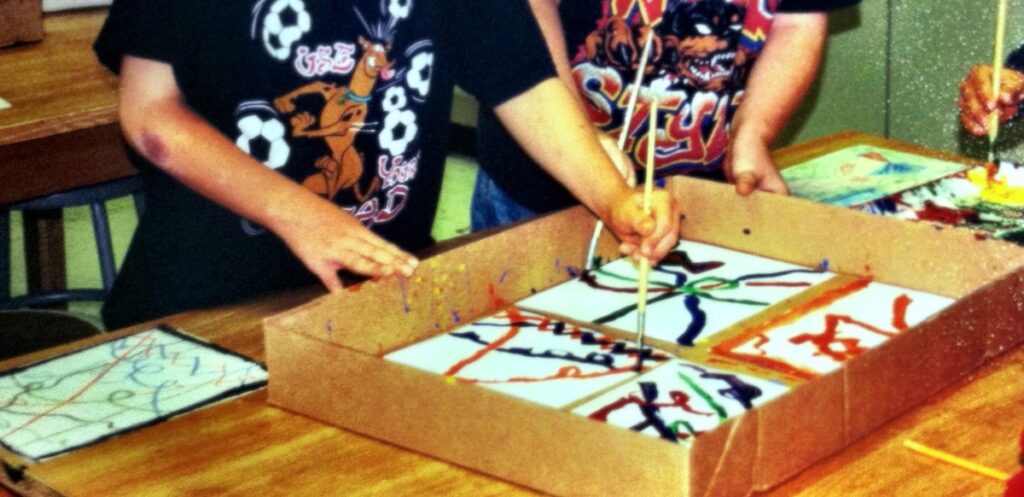
3 More Examples
If you’re looking for even more inspiration, here are three more “Rhythm-ongs” to get your creative juices flowing!
Ancient Egyptian
Hiero – glyphics!
They’re terr-ific!
Egyptian writing, how EXCITING!
Greek Classical
Three little columns all in a row.
Doric is plain. Now you know!
Ionic has a spiral;
Corinthian’s all fluff;
Draw all three; there’s no rush!
Impressionism
Monet was a man;
An artsy kinda guy.
He painted the water;
The wind, and the sky.
IM-PRESS-ION-ISM is what it’s called;
He was paintin’ kinda fuzzy;
And havin’ a ball!
In short, mnemonic learning works.
It’s no secret jingles are catchy for a reason. Putting words to music makes them easier to understand. It provides a hook to for easier memory retrieval. So why not use the same method in your classroom?
I’ve seen this approach work well at both the elementary and secondary level. And with more than 20 years of creating these, I have over 100 creative songs my students and I have written. From art history to the elements and principles to media tips and cleanup, if it’s art related, we probably have a song about it! In fact, Jeanette Wachtman and I even self-published a book and cassette tape called Rhythm-ongs back in the day. What fun!
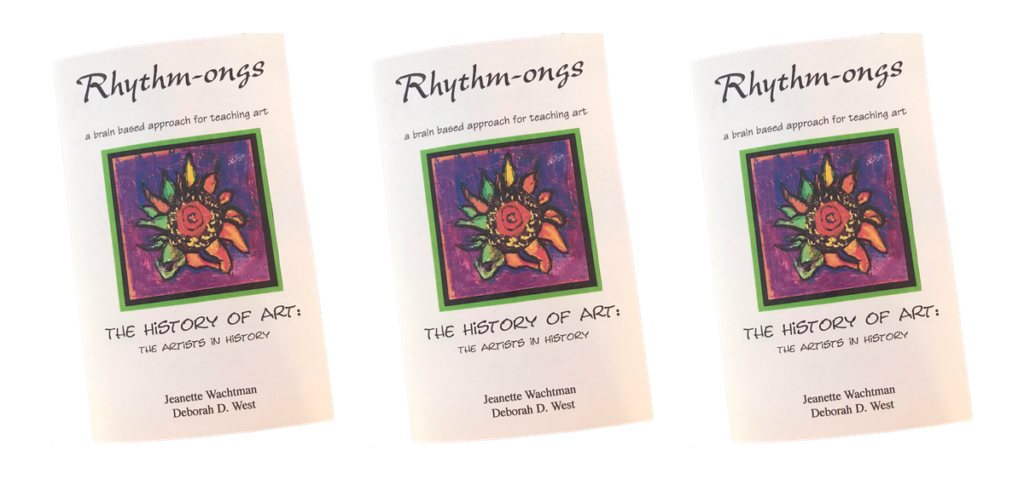
It’s truly a wonderful (and super fun) tool to help your students retain important information. I can’t wait to see how this works for you and your students.
Do you use creative songs to help your students retain art facts?
How do you get your students excited about art vocabulary and facts?
Magazine articles and podcasts are opinions of professional education contributors and do not necessarily represent the position of the Art of Education University (AOEU) or its academic offerings. Contributors use terms in the way they are most often talked about in the scope of their educational experiences.


